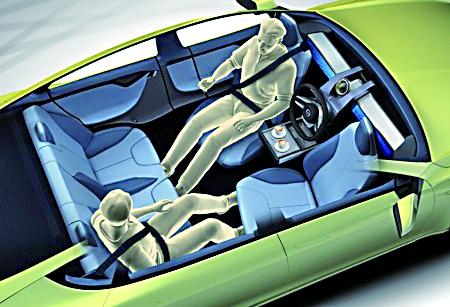In this paper, we propose a model that can attack segmentation models with semantic and dynamic targets in the context of self-driving. Specifically, our model is designed to map an input image as well as its corresponding label to perturbations. After adding the perturbation to the input image, the adversarial example can manipulate the labels of the pixels in a semantically meaningful way on dynamic targets. In this way, we can make a potential attack subtle and stealthy. To evaluate the stealthiness of our attacking model, we design three types of tasks, including hiding true labels in the context, generating fake labels, and displacing labels that belong to some category. The experiments show that our model can attack segmentation models efficiently with a relatively high success rate on Cityscapes, Mapillary, and BDD100K. We also evaluate the generalization of our model across different datasets. Finally, we propose a new metric to evaluate the parameter-wise efficiency of attacking models by comparing the number of parameters used by both the attacking models and the target models.
翻译:在本文中, 我们提出一个模型, 可以在自我驱动的背景下攻击带有语义和动态目标的分解模型。 具体地说, 我们的模型设计用来绘制输入图像及其相应的扰动标签。 在将扰动图像添加到输入图像之后, 对抗性示例可以对动态目标以具有语义意义的方式操纵像的标签。 这样, 我们就可以对攻击模型进行潜在的隐蔽和隐形攻击。 为了评估攻击模型的隐蔽性, 我们设计了三类任务, 包括将真实标签隐藏在上下文中, 生成假标签, 并替换属于某些类别的标签。 实验显示, 我们的模式可以有效地攻击分解模型, 在城市景景、 Maply 和 BDDD100K 上以相对较高的成功率。 我们还评估了我们模型在不同数据集中的概括性。 最后, 我们提出一个新的指标, 通过比较攻击模型和目标模型使用的参数数量来评估攻击模型的参数效率。




